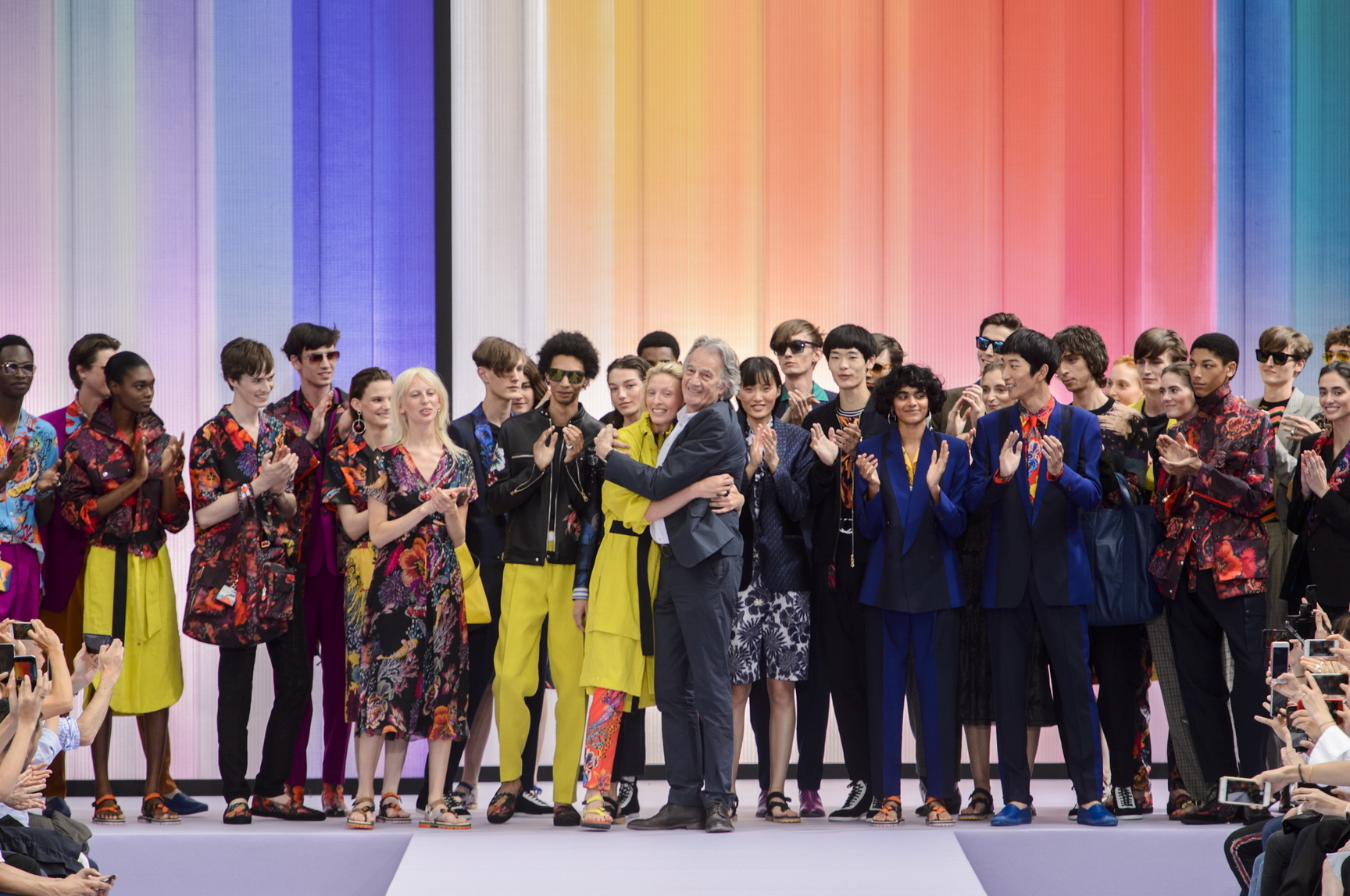This article was originally published by i-D UK.
Now try not to get too excited, but normality has been a buzzword this spring/summer 18 men’s season. You could credit Demna Gvasalia’s introduction of Martin Margiela’s codes and values to a new audience since Vetements rose to fame three years ago: the idea of twisted basics, normcore, or whatever you want to call it. Elevating and celebrating the ordinary has been a thing, from Gvasalia’s own picnic in the park at Balenciaga through Dries Van Noten’s “clothes you know” to Miuccia Prada’s “simply human” collection. And you don’t need a psychology degree to see where the urge for normality comes from.
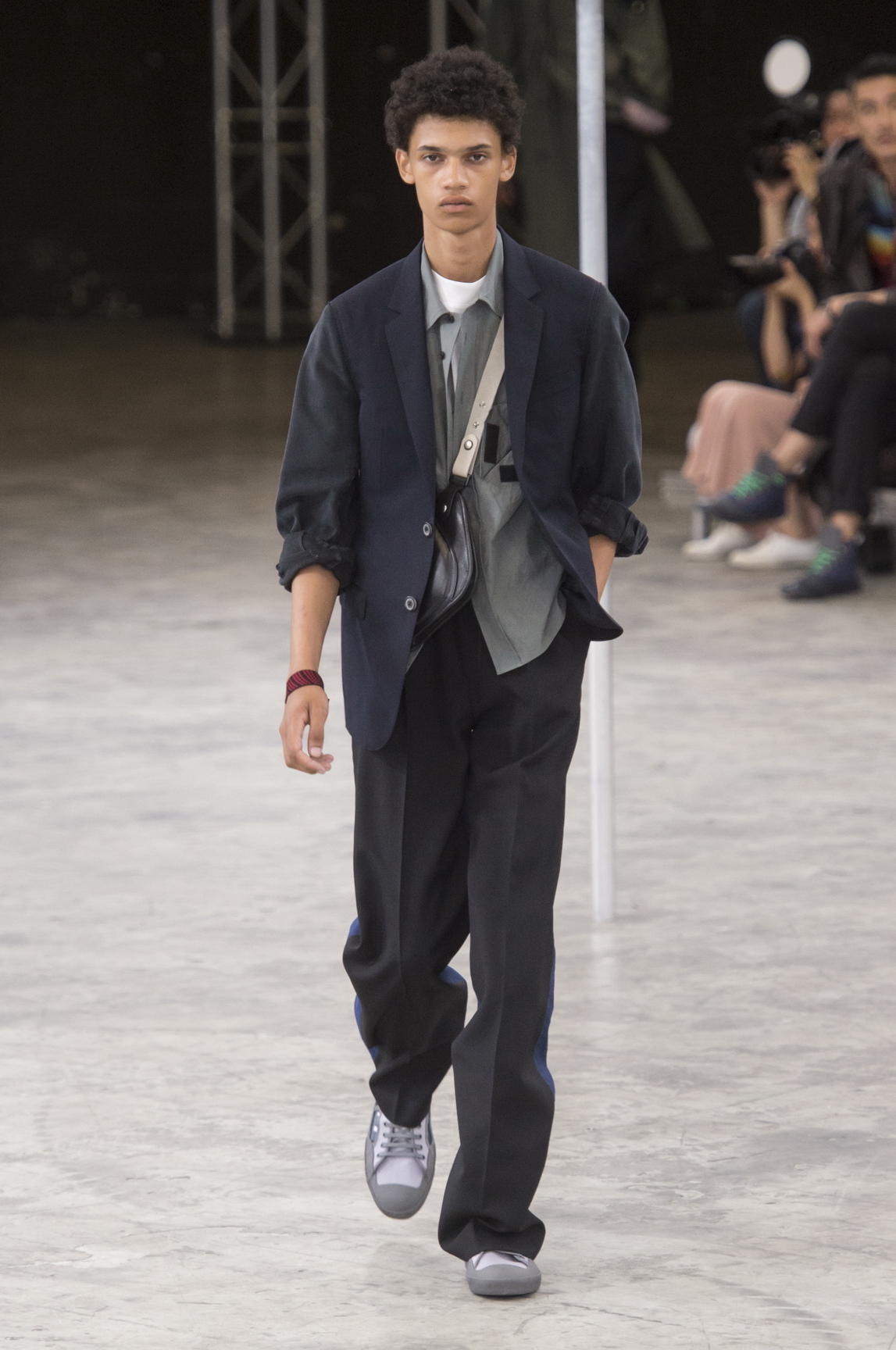
“We live in such chaos,” Lucas Ossendrijver started out after his Lanvin show on Sunday morning in Paris. “Everything around us is chaos, and instead of fighting it I kind of tried to embrace it and to engage. And I also tried to find beauty in it — poetry.” He turned to hybrids, morphing together workwear and tailoring in garments that looked straightforward from afar but were meticulously forged together up close — as is the Lanvin way. He combined the two poles in deliberately chaotic ways, allowing the chaos to come full circle to a place where it made sense. This was the state of the world wrapped into full looks: “That’s how we get information: everybody zaps from one thing to another every five seconds. Everybody is waiting for the latest news, whether it’s the world or it’s fashion. Every second somebody’s out, somebody’s in — it’s very chaotic,” Ossendrijver said.
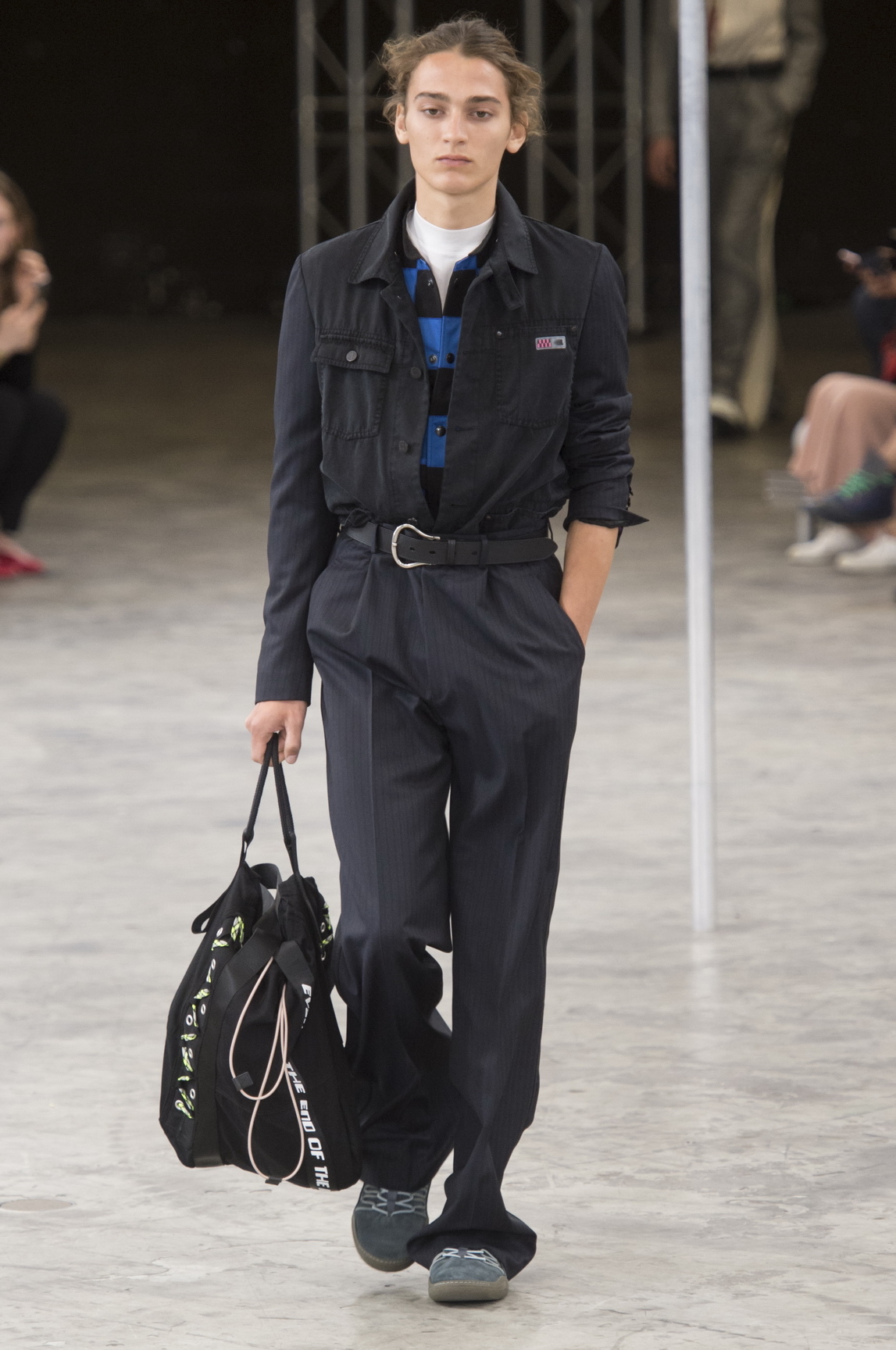
He grounded that sense of chaos using his artisanal powers. A lot of it was handmade, rooted in something real. Wooden hand pendants hung off necklaces, there were prints of random tourists’ faces on tops (photographed by Lanvin, then painted by the street artists in Place du Tertre), and a holster accessory, which “isn’t for a gun, but for a flute.” Ossendrijver was effectively neutralizing the situation, trying to make something ordinary out of the extraordinary. “Crazy mixes,” he called his garments, “that, for me, give a new energy but are still relatable and easy.” The irony, of course, was that his outcome was rather extraordinary in the end.
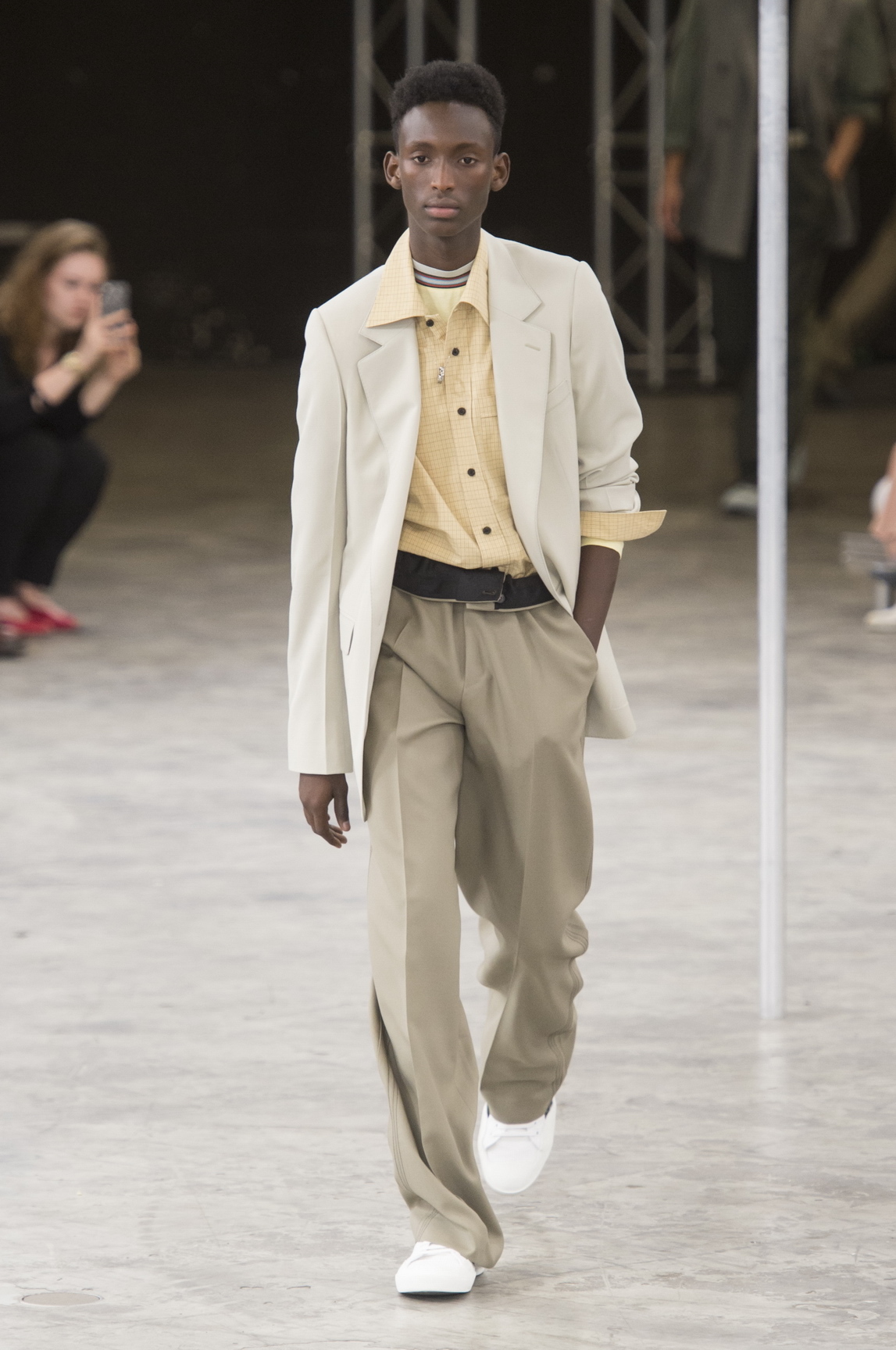
Elsewhere in Paris on the last day of spring/summer 18 men’s shows, designers captured fashion’s take on “going for a walk” — you know, the kind you take to calm down, get away from the chaos, be in touch with the elements. “It wasn’t about man conquering or overpowering, it was about being at one with nature,” Sarah Burton said after her Alexander McQueen show — the house’s first men’s show in three years — which turned the cliffs, rocks, and hills of Great British and Icelandic nature into intricately textured perfectos, bombers, and tailoring.
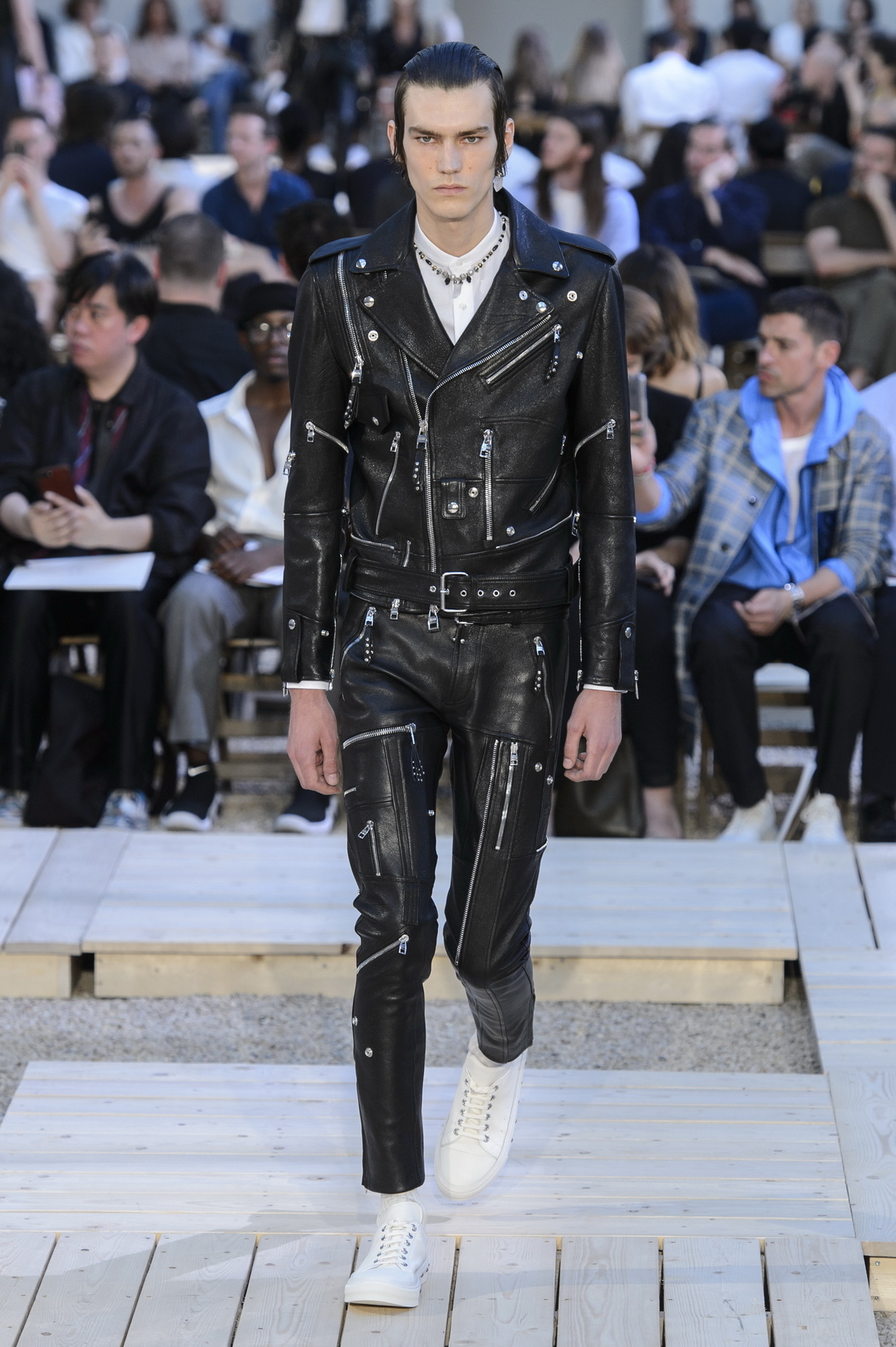
The handwork became more opulent as the show unravelled, one look more majestic than the other, but Burton was right — this didn’t feel like man’s march for domination but rather an amalgamation of man and nature. It was hardly the kind of normality we’ve seen on other runways this season, but the objective was the same: a grounding escape from the madness.

“Guess what! Something to do with the ocean!” Sir Paul Smith said after his seafaring adventure into the deep blue, where oceanic motifs served as nature’s grounding force. “In this strange world we live in, a bit of fun,” the designer offered, and on the last day of shows the unmistakable touch of lightness and brightness that runs through a Paul Smith experience made for a nice breather.
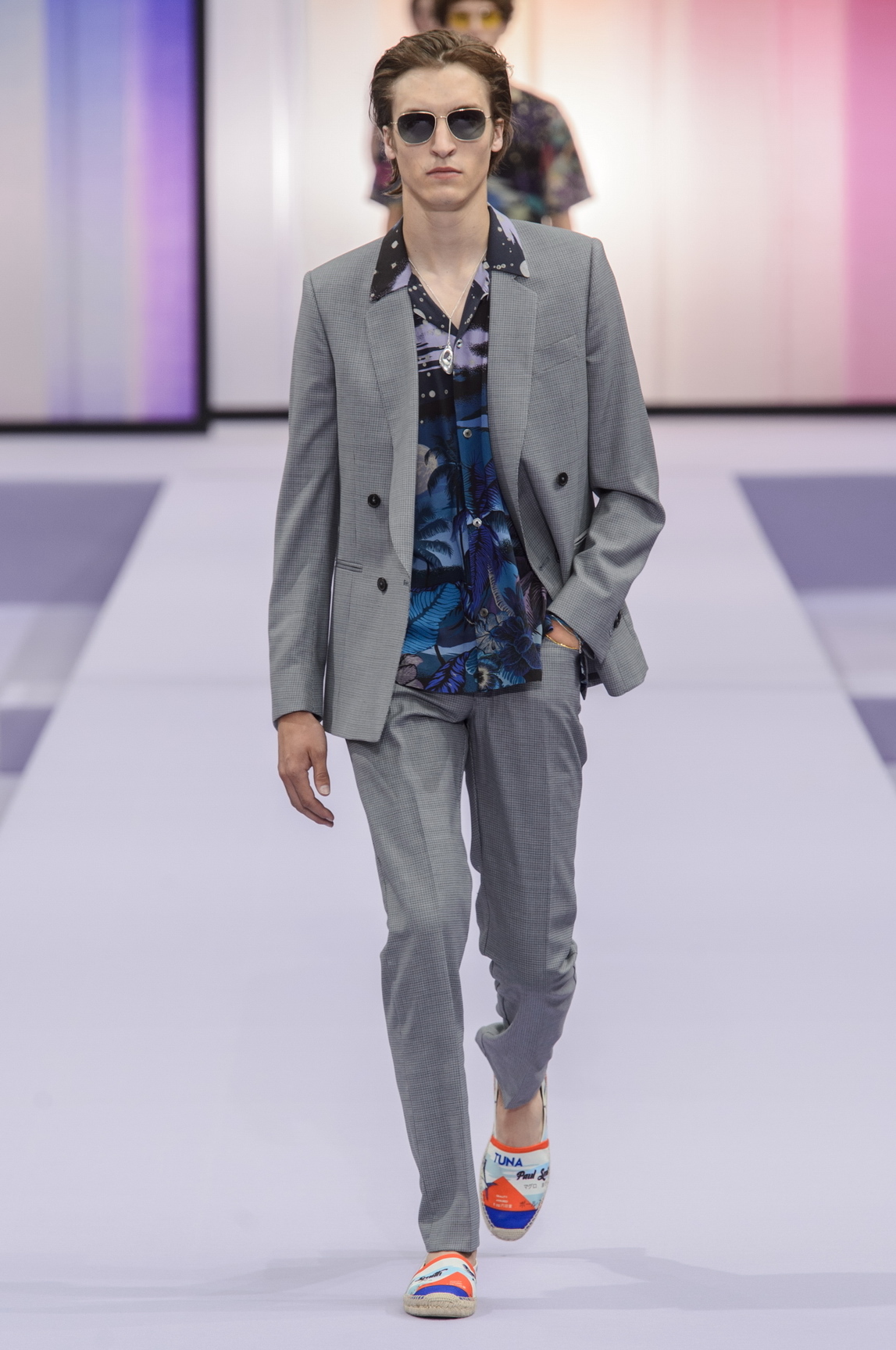
“In the early 70s I used to go to New York and San Fran quite a lot and buy those lovely big, vividly colored shirts and take them back to my shop in my hometown. People would come down from the north and buy them because they were going dancing on the weekend in fun colors,” he recalled. He’d updated those print shirts for a new generation of kids set on dancing their troubles away, and paired them with his impeccable tailoring — jackets, he explained, a tad longer than the standard for a more modern look. “I just thought a little bit of irreverence in the world in these times is playful,” Sir Paul shrugged, and he couldn’t be more right about that.
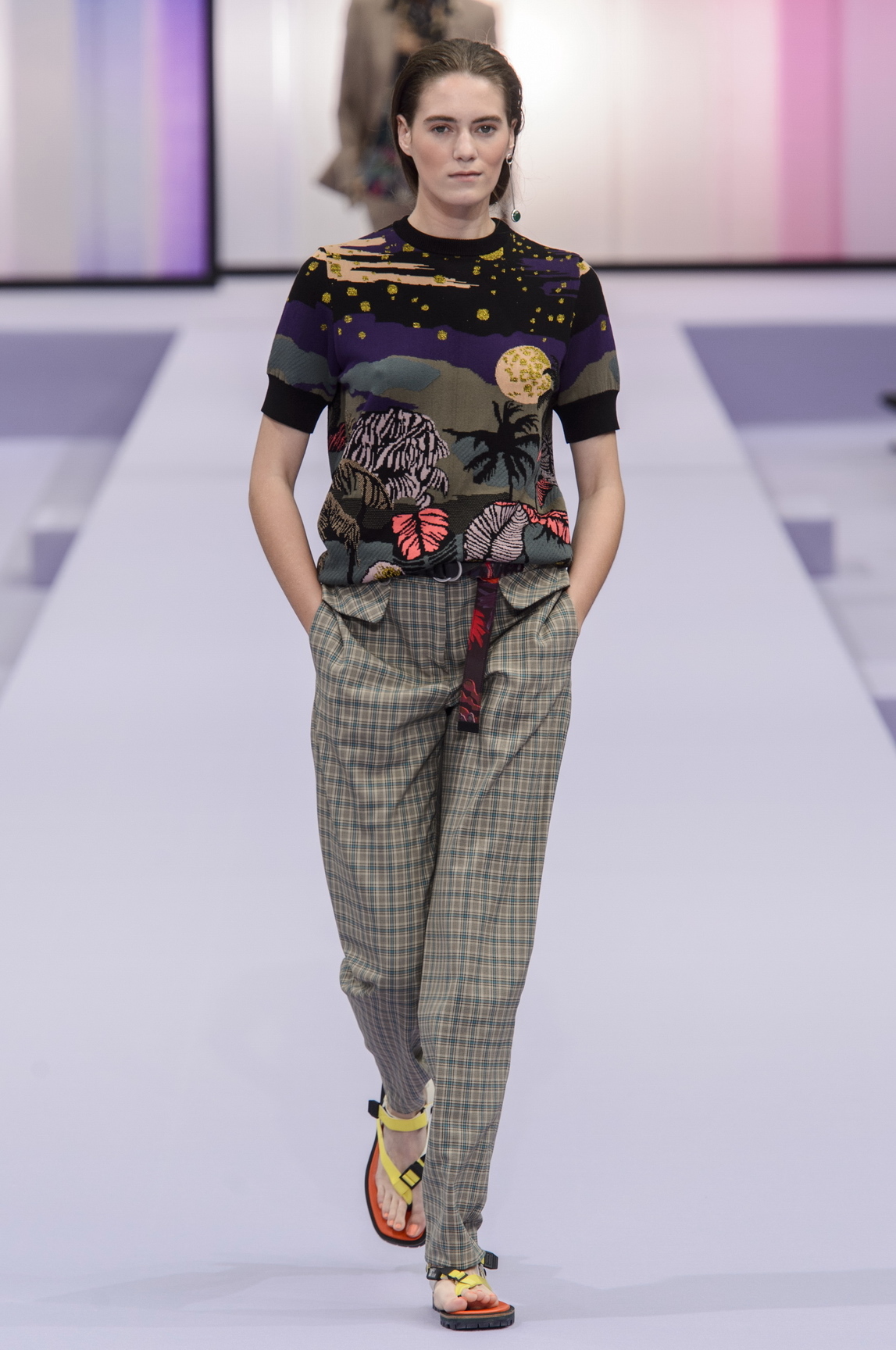
At Kenzo, Carol Lim and Humberto Leon went back to the roots of the house they represent, paying tribute to musician, composer, artist, and activist Ryuichi Sakamoto and Kenzo Takada’s late muse, the model Sayoko Yamaguchi, for their joint men’s and women’s collections. The homage generated an all-Asian cast and a wealth of clashing prints on ruffle dresses and all the graphic garments the digital age could dream of.
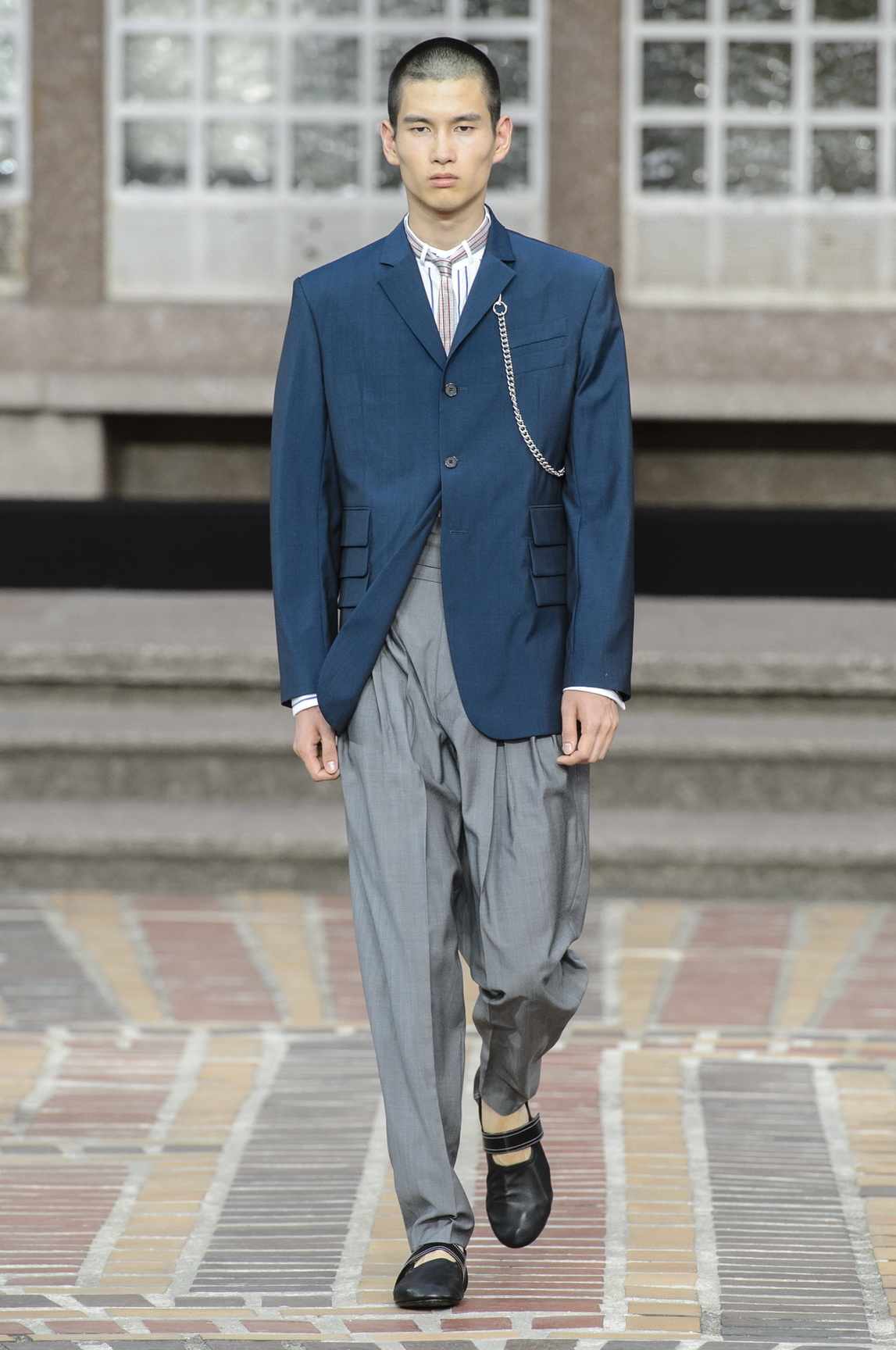
On the men’s side, pared-down tailoring was in the high seat — as were a troupe of athletes, who jumped and climbed around the courtyard walls of the Lycée Camille-See as Lafawndah sang from a window. If the Kenzo spectacle was far from celebrating spring/summer 18’s penchant for normality, that grounding factor that’s followed us through London, Milan, and Paris was still there, in Lim and Leon’s connection with the house’s soul and the simplicity of a world long gone.
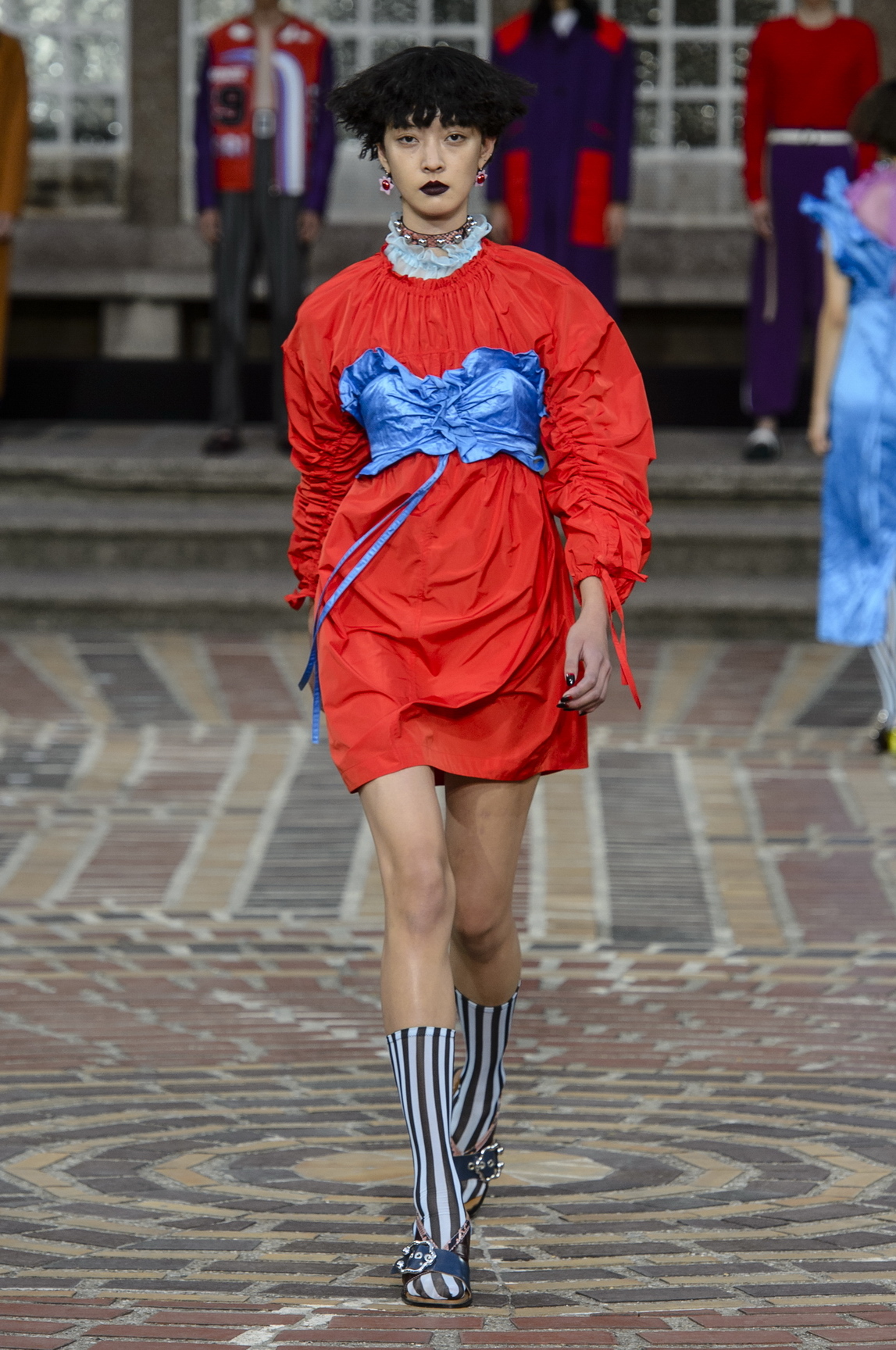
Credits
Text Anders Christian Madsen
Photography Mitchell Sams
